The tax landscape just shifted dramatically. On July 4, 2025, President Trump signed the One, Big, Beautiful Bill Act (OBBBA) into law, delivering on campaign promises while reshaping the tax code for individuals and businesses alike. This comprehensive 870-page legislation extends many Tax Cuts and Jobs Act provisions while introducing new deductions and eliminating others.
Whether you’re a taxpayer trying to understand how these changes affect your 2025 return or a business owner planning for the future, here’s what you need to know about the key provisions taking effect this year.
Individual Tax Changes: Winners and Losers
What’s Now Permanent
The OBBBA makes several individual tax benefits permanent, providing long-term planning certainty:
Tax Rates and Standard Deduction: The familiar TCJA tax brackets (10%, 12%, 22%, 24%, 32%, 35%, and 37%) are here to stay. The enhanced standard deduction is also permanent, with 2025 amounts set at $15,750 for single filers, $23,625 for heads of households, and $31,500 for joint filers, all with annual inflation adjustments.
Child Tax Credit: Parents benefit from a permanent $2,200 child tax credit (up from the current $2,000), with built-in inflation protection.
Estate Planning Relief: High-net-worth taxpayers gain significant relief with the federal gift and estate tax exemption jumping to $15 million for individuals ($30 million for couples) starting in 2026.
Temporary Relief Measures (2025-2028)
Several campaign promises made it into the law as temporary provisions:
Tip Income Deduction: Service industry workers can claim an above-the-line deduction of up to $25,000 for tip income, subject to income-based phaseouts. Note that payroll taxes still apply.
Overtime Pay Deduction: Workers earning overtime can deduct up to $12,500 (single) or $25,000 (joint filers) for qualified overtime pay.
Senior Citizen Bonus: Taxpayers 65 and older get an additional $6,000 deduction, with income limitations.
Auto Loan Interest: Purchasers of certain American-made vehicles can deduct up to $10,000 in qualified loan interest.
State and Local Tax Relief But It’s Temporary
The controversial SALT cap gets temporary relief, increasing from $10,000 to $40,000 for 2025, with 1% annual increases through 2029. After that, the $10,000 limit returns, so high-tax state residents should plan accordingly.
What’s Being Eliminated
Not everything survived. Clean energy credits take a major hit, with the elimination of:
- Clean vehicle credits
- Energy-efficient home improvement credits
- Residential clean energy credits
- Qualified bicycle commuting reimbursement exclusion
The law also restricts eligibility for Affordable Care Act premium tax credits and imposes new limitations on high earners’ itemized deductions starting in 2026.
Business Tax Changes: Expansion and Elimination
Major Wins for Business Owners
Pass-Through Entity Relief: The 20% qualified business income (QBI) deduction becomes permanent and expands, providing ongoing relief for partnerships, LLCs, S corporations, and sole proprietorships.
Depreciation Benefits: The law delivers two major depreciation wins:
- 100% bonus depreciation becomes permanent for qualified new and used assets acquired after January 19, 2025
- A new 100% deduction for “qualified production property” placed in service after July 4, 2025, through 2030
Research and Development: Domestic R&D expenses can be immediately deducted again (retroactive to 2022 for eligible small businesses), reversing the TCJA’s requirement to amortize these costs.
Section 179 Expansion: The expensing limit increases to $2.5 million with a $4 million phaseout threshold, both with inflation adjustments.
Clean Energy Credits Eliminated
The business clean energy incentive landscape changes dramatically, with the elimination of:
- Qualified commercial clean vehicle credits
- Alternative fuel vehicle refuelling property credits
- Section 179D deduction for energy-efficient commercial buildings
Employee Benefit Enhancements
Several employee-related credits and exclusions become permanent:
- Enhanced employer-provided child care credit (up to $500,000, or $600,000 for small businesses)
- Employer credit for paid family and medical leave
- Exclusion for employer student loan payments
Planning Considerations
For Individuals
State Tax Planning: With the temporary SALT cap increase, residents of high-tax states should consider accelerating state tax payments while the higher limits are in effect.
Retirement Planning: The new “Trump Accounts” providing $1,000 in seed money for eligible new-borns starting in 2026 creates new estate planning opportunities.
Charitable Giving: Non-itemizers gain a permanent charitable deduction (up to $1,000 single/$2,000 joint) beginning in 2026, but itemizers face a new 0.5% floor on charitable contributions.
For Businesses
Asset Acquisition: The permanent 100% bonus depreciation for assets acquired after January 19, 2025, makes this an opportune time for equipment purchases.
Entity Structure: With the expanded and permanent QBI deduction, pass-through entities become even more attractive for eligible businesses.
Clean Energy Transition: Businesses relying on clean energy credits should plan for the phase-out of these incentives.
Final Thoughts: Brace for Complexity
The OBBBA’s complexity means extensive regulations are coming. The IRS will need to clarify numerous provisions, particularly around the new temporary deductions and the expanded QBI rules.
Taxpayers should start planning now for these changes, especially those affecting 2025 returns. The temporary nature of several provisions also means keeping an eye on potential future legislation as these provisions approach their expiration dates.
Still have questions?
Our tax professionals are here to help you navigate the OBBBA and maximize your tax benefits under the new law. Contact us today to schedule a consultation.


